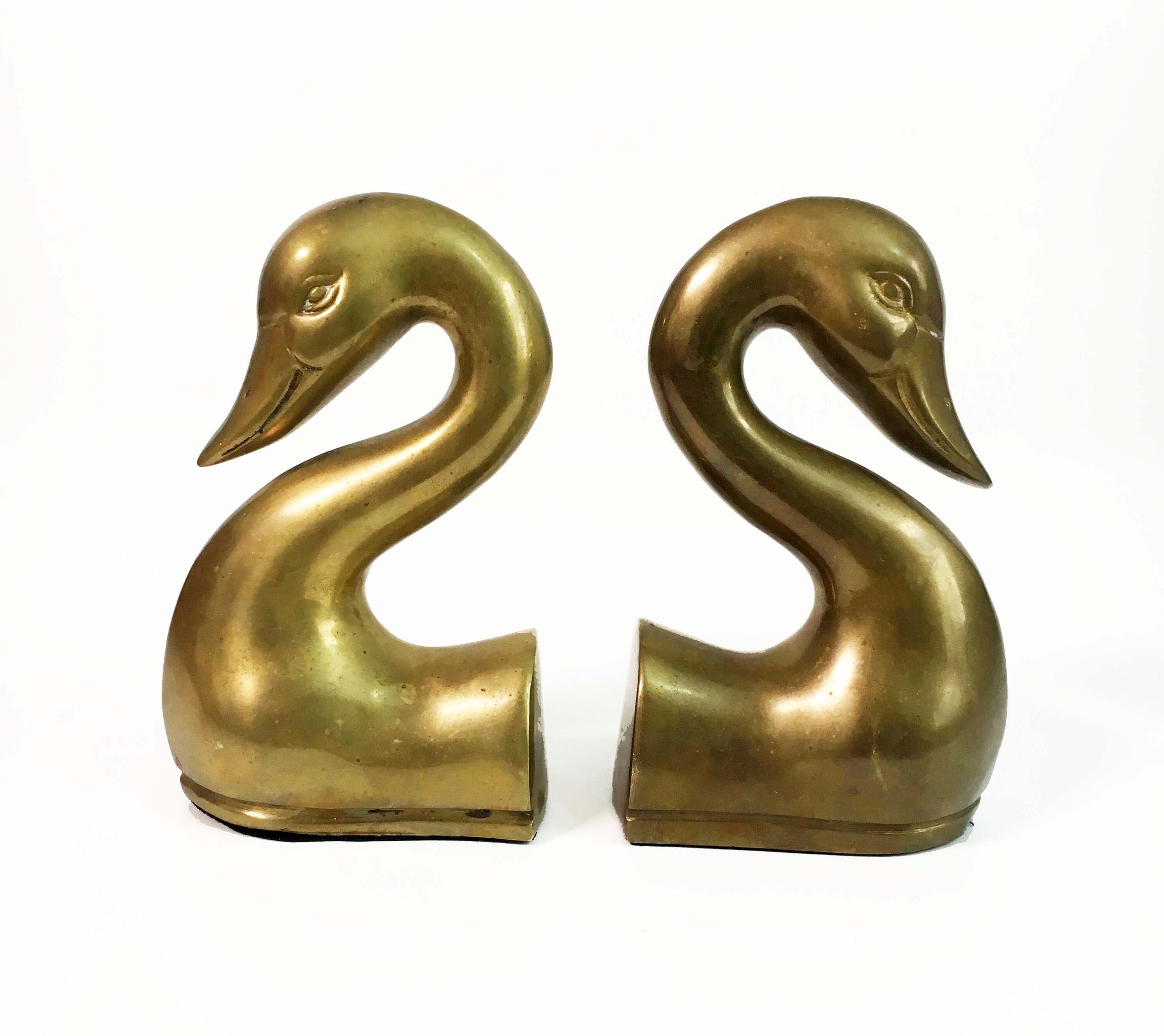

Second, it can serve as a hallmark of authenticity. “First, it serves to protect an antique from further, undesirable corrosion. “ Patina is of paramount importance for antique collectors,” says The Antique Sage. Yet antiques with historic value should be left alone. Similarly, you may want to spruce up decorative pieces. It is okay to clean items used on a regular basis, like silverware. When it comes to cleaning, identify an antique’s purpose.
#ANTIQUE PAINTED BRASS BOOKENDS HOW TO#
Removing this ‘good wear’ can reduce the desirability and value of a piece of treen (and indeed furniture with great colour and patina) dramatically.” How to decide which antiques to clean? Flea Market Collection of Brass © HGTV “ This is particularly true of ‘treen’, small utilitarian and functional wooden pieces for the home made from the 16th to early 20th century. “With wooden antiques that have built up a ‘patina’ from being handled and used over long periods of time, take great care not to remove this surface effect as that will be highly desirable to a buyer in the future,” says Mark Hill, Member of The British Antiques Dealers’ Association, Head of Design at Dawsons Auctions, and EU & UK Director at RONATI. In fact, these materials acquire amber and honey shades that deepen their warmth and heirloom quality. Antique wood and leather age gracefully too. Patina is not only a signature of older metals. Plus, it is near impossible to replicate the richness of earth tones like the greenish blues and golden hues formed on copper and bronze. Although techniques artificially age new pieces in minutes, antiques gather genuine patina over decades. Taking a hand’s off approach can be beneficial. Do some materials look better if left untouched? Brimfield Flea Market © A Continuous Lean
#ANTIQUE PAINTED BRASS BOOKENDS SKIN#
Since acids on the skin activate tarnish, wear gloves when handling objects. Or place sticks of schoolhouse chalk inside display cabinets to absorb sulfur and other filming gases. Easy, right! Store silver pieces in anti-tarnish bags and airtight boxes when not in use. Accordingly, limit contact with air and humidity to minimize tarnish. The longer materials such as silver, brass, copper, and cast iron are exposed to environmental elements, the more they collect patina and even rust. Oxidation, simply, results from exposure to air. Often, oxidation causes this green or black film commonly referred to as patina. Whether the goal is to make antiques shine or maintain their natural appeal, this guide covers how to clean antiques and when not to: Why do antiques lose their shine over time? Why Antiques Tarnish © Pinterestīeauty marks such as tarnish on metals and spots on mirrors can indicate an antique’s authenticity.

Designers even use aging methods on newer items to create this sought-after character. Some antiques are better left untouched because it is this very patina that adds charm and value. For instance, “patina” is a characteristic developed over time. But is it always advisable to clean antiques? While cleansers can spruce up materials like wood, leather, silver and brass, cleaning may also shine away prized features.


Knowing how to clean antiques can make or break cherished pieces. To polish or not to polish – that is the question for many antique collectors.


 0 kommentar(er)
0 kommentar(er)
